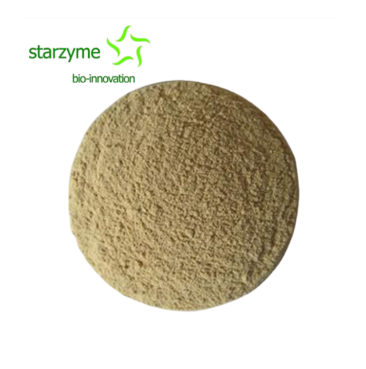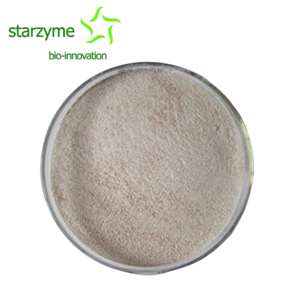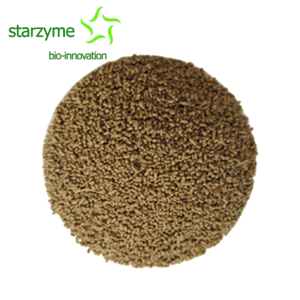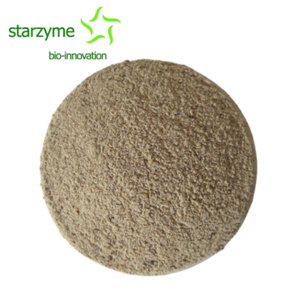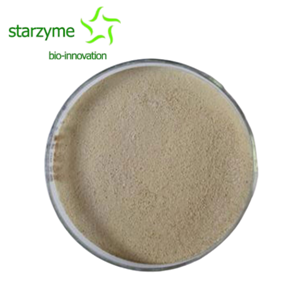Bacillus amyloliquefaciens: Mechanism of Action (Part 1)
Mechanism of Action of Bacillus amyloliquefaciens
From the experiments aforementioned in the previous articles, it can be seen that in production, Bacillus amyloliquefaciens can improve the feed utilization efficiency of animals and enhance their disease resistance. The former is related to the various enzymes it produces, while the latter is closely related to its consumption of oxygen in the intestine, which inhibits the growth of aerobic pathogens, produces various antibacterial substances, and regulates animal immune function.
1. Enzymes Produced
Bacillus amyloliquefaciens can produce α - amylase, α - acetolactate, decarboxylase, β - endoglucanase, hemicellulase, phytase, maltose amylase, and xylanase. These enzymes can convert complex molecules, especially lignocellulose, to convert limiting factors in animal feed into simple components, which are beneficial for animal digestion and absorption, thereby improving feed conversion efficiency. Supriyati's experiment also confirmed that the crude fiber content of rice bran fermented with Ba decreased (10.62%~7.79%), while the crude protein content increased (12.10%~13.40%).
2. Antibacterial Substances Produced
So far, research has found that Bacillus amyloliquefaciens can produce antibacterial substances such as proteins, lipopeptides, and polyketides, which can alter the permeability and integrity of biofilms, thereby destroying bacteria. Studies have shown that the isolation and purification of a novel bacteriocin PPB from the fermentation broth of Bacillus amyloliquefaciens SP-1-13LM strain, which has broad-spectrum antibacterial activity and can strongly inhibit the growth of Salmonella, Listeria, and Shigella.
A strain of Bacillus amyloliquefaciens isolated showed significant antibacterial activity against Bacillus cereus, Vibrio anguillarum, Vibrio brilliant, Vibrio harveyi, and Pseudomonas aeruginosa. The active ingredients in its fermentation broth were analyzed using thin-layer chromatography (TLC), column chromatography, high performance liquid chromatography (HPLC), and mass spectrometry (MS), and it was found to belong to the surfactant class.
Scientists conducted a comprehensive analysis of the whole genome sequence of Bacillus amyloliquefaciens FZB42 strain and found that the strain contains genes mln, bae, and dfn encoding polyketide compounds with antibacterial activity. However, the effects of these substances in animal bodies need to be confirmed one by one, as the metabolic products of bacteria are closely related to their living environment, and the situations encountered in the above literature may be related to this

